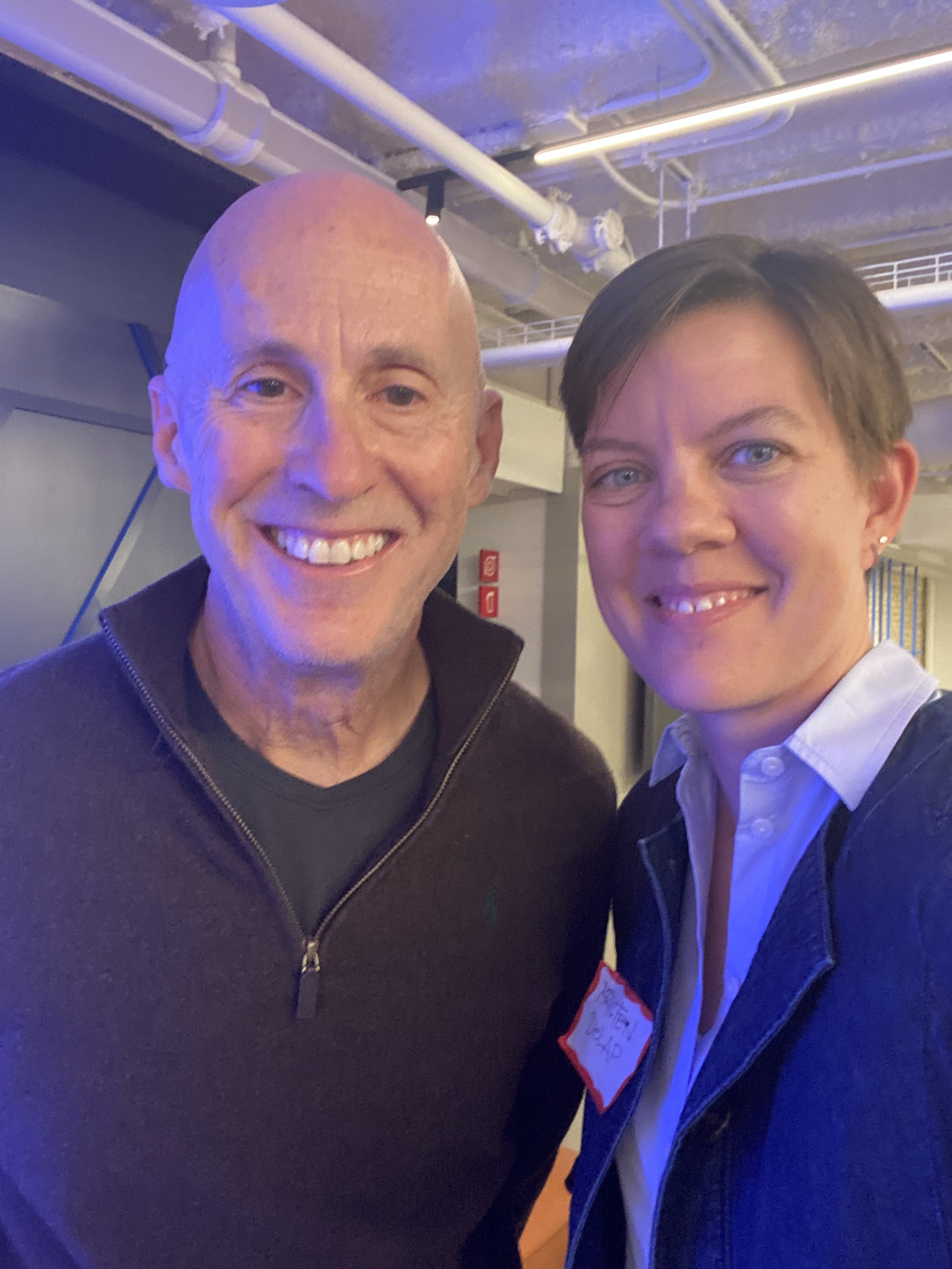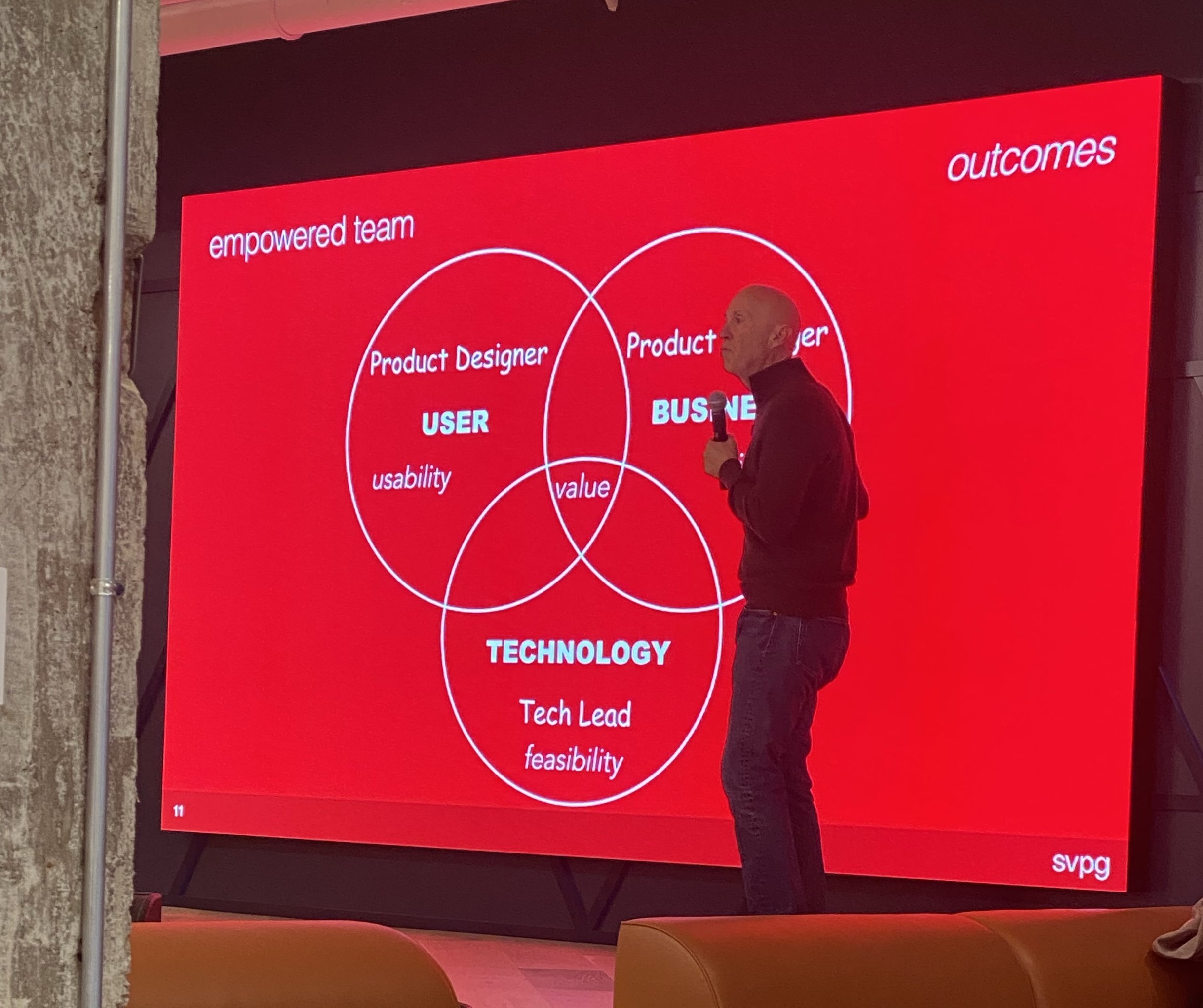As a product leader, you’re often navigating a space where formal authority doesn’t exist. Your influence is built through relationships and the respect you earn from your team, stakeholders, and peers. In this dynamic, how you carry yourself—what Sylvia Ann Hewlett describes as "gravitas" in Executive Presence 2.0—plays a significant role in how others perceive and respond to you.
Hewlett breaks gravitas into four essential components:
Projecting intellectual horsepower.
Displaying confidence and credibility.
Signaling decisiveness.
Maintaining grace under fire.
I’ve explored the topic of projecting intellect and expertise before, but we’ll focus on a less-discussed aspect of executive presence: decisiveness.
Decisiveness in Product Management
As product managers, we make decisions daily—about priorities, feature trade-offs, user experiments, and future research. These decisions shape the product’s trajectory and, in turn, the success of the business. To confidently communicate these choices to stakeholders, we must have self-assurance not only in our judgment but also in our ability to make those decisions quickly and effectively.
We’ve all experienced the pitfalls of indecision. When we delay making a choice, the situation often forces a default outcome upon us—typically not the one we’d have chosen. Avoiding this requires mastering the ability to make swift, informed decisions.
Gaining Confidence Through Information
One key to fast, confident decision-making is having access to trusted information that you can quickly digest and apply. Everyone processes information differently, so finding your ideal method for gathering insights is critical.
Some ways to gather the necessary information to confidently decide your product’s next steps:
Qualitative User Feedback – Mine your existing user feedback or lean on your UX team’s insights. Understanding the real-life experiences of your users is vital to making informed choices.
Internal or Quantitative Data – Build a strong intuition around user behavior by analyzing the numbers. Metrics often reveal truths that anecdotes can’t.
Experience with the Product – Use your own product like a customer would. Understanding the user experience firsthand gives you an invaluable perspective.
External Market Trends – Keep an eye on competitors, industry shifts, and broader consumer patterns. This will help you predict what’s coming and position your product accordingly.
Financial Modeling – Work with your finance or business partners to evaluate how various decisions might impact the bottom line. Long-term success often hinges on understanding the financial ripple effects of today’s choices.
Prototyping – Create mockups, sandboxes, or prototypes. Experimenting with different solutions can help you see how they perform in practice and make more informed choices.
While it’s impossible to cover all of these areas for every decision, pulling information from a few can lead to a decision that’s "good enough" to move forward.
The Role of Intuition and Circumstance
Of course, decision-making isn’t purely an intellectual exercise. As product managers, we juggle competing priorities, unpredictable constraints, stakeholder politics, and shifting business goals. Sometimes, our choices are influenced by factors beyond the data—like gut feeling or external pressures.
Even so, when you’re grounded in reliable information, you can navigate those complex variables with greater confidence. Decisiveness becomes less about bold assertions and more about informed, thoughtful action.
Leading with Influence, Not Authority
At the core of product management is the need to lead through influence. You don’t have the luxury of positional power; your authority comes from the expertise and trust you cultivate. Decisiveness is a key part of that influence. When your team and stakeholders see you making informed, timely decisions, it builds confidence in your leadership.
STAND-UP EXERCISE
Discuss with your team how they typically make decisions, or how they might feel forced to make decisions. Of the methods discussed above, which ones are applicable to their learning style, the product, and the business. What other ways might they collect information to make better informed and quicker decisions?
Bonus: Learn about the framework of one-way door and two-way door decisions. Jeff Bezos explains the philosophy in this video.












